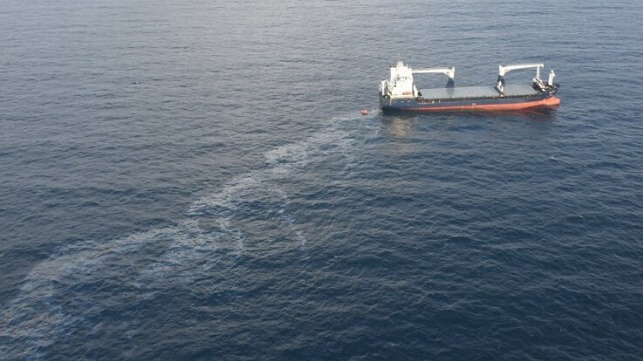Rising Cases of Crew Abandonment Alarm Experts

In recent years, the maritime industry has faced a troubling trend: the abandonment of crew members on vessels. The International Maritime Organization (IMO) reported a staggering increase in such cases, with numbers more than doubling last year. This alarming rise is linked to the growth of the so-called “shadow fleet,” which operates outside of traditional regulations. As the number of abandoned seafarers continues to climb, experts are calling for urgent action to address this crisis and protect the rights of maritime workers.
Record Highs in Crew Abandonment Cases
According to the International Maritime Organization, there were 310 cases of crew abandonment recorded last year. This figure represents an astonishing 118% increase from the previous record of 142 cases in 2023. The trend of seafarers being left stranded on abandoned vessels has escalated dramatically in the 2020s. Initially, the COVID-19 pandemic played a significant role in this crisis. However, the rise of the shadow fleet has exacerbated the situation. In fact, the number of abandonment cases in 2024 is nearly 2,000% higher than the annual total recorded a decade ago.
The IMO, in collaboration with the International Labour Organization (ILO), expressed deep concern over the rising tide of seafarer abandonment. They noted that last year’s total “alarmingly and very excessively” surpassed all previous records. Steven Jones, founder of the Seafarers Happiness Index, emphasized the need for systemic changes within the industry. He stated that the good deeds of shipping companies are overshadowed by the abuse of seafarers. The presence of fake flags and dark fleets creates a breeding ground for exploitation, which should serve as a red flag for the entire maritime industry.
Guidelines and Challenges in Addressing Abandonment
In late 2022, a joint working group from the ILO and IMO adopted guidelines to address the issue of seafarer abandonment. These guidelines outline the responsibilities of shipowners regarding the repatriation of seafarers, payment of outstanding wages, and provision of essential needs, including medical care. When shipowners fail to meet these obligations, seafarers are deemed abandoned. The guidelines also call for the development of national standard operating procedures (SOPs) in collaboration with various stakeholders, including seafarers’ welfare boards and shipping agencies.
Despite these guidelines, the continued rise in crew abandonment cases indicates that the problem remains intractable. Steve Trowsdale, an inspectorate coordinator at the International Transport Workers’ Federation, has highlighted the alarming reality that seafarers can often be treated as “throw-away commodities.” The lack of accountability for shipowners and the growing shadow fleet complicate efforts to protect seafarers. Without effective enforcement of existing regulations and a commitment to uphold the rights of maritime workers, the situation is unlikely to improve.
As the maritime industry grapples with these challenges, it is crucial for stakeholders to come together. A concerted effort is needed to ensure that seafarers are treated with dignity and respect. Only then can the alarming trend of crew abandonment be effectively addressed.
